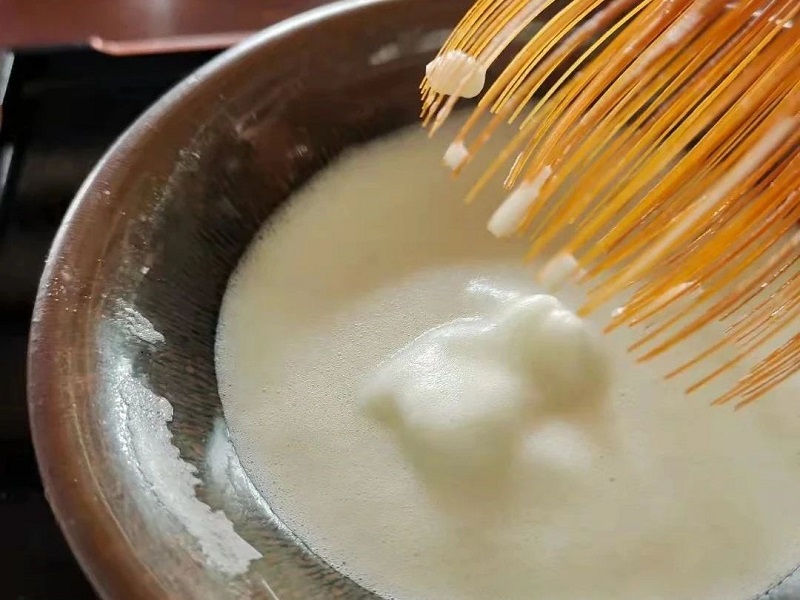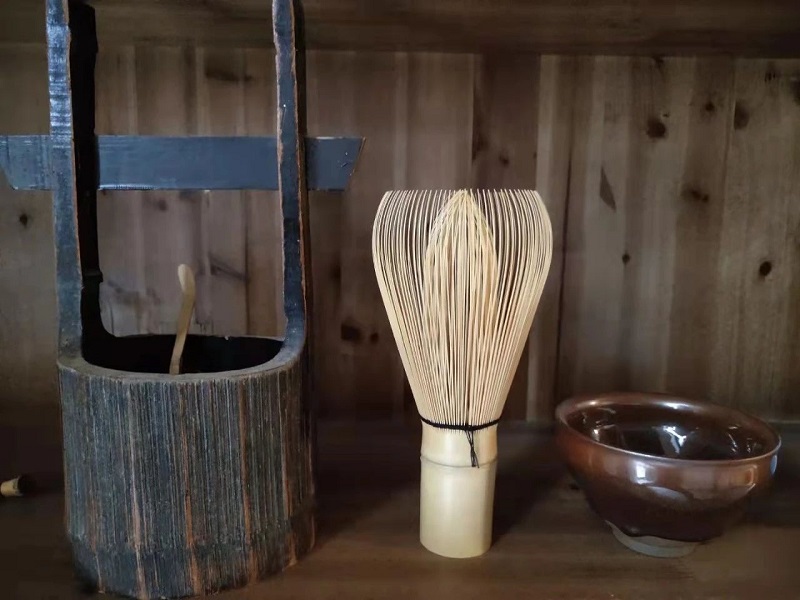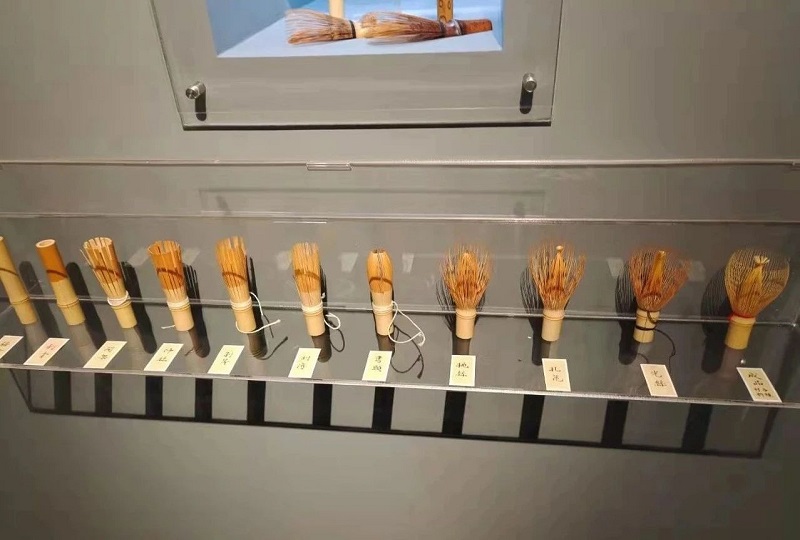Seven thousand years ago, the Hemudu people began to cook and drink “primitive tea”. Six thousand years ago, Tianluo Mountain in Ningbo had the earliest artificially planted tea tree in China. By the Song Dynasty, the tea ordering method had become a fashion. This year, the “Chinese Traditional Tea Making Techniques and Related Customs” project was officially selected as one of the new batch of representative works of human intangible cultural heritage by UNESCO.
The word ‘tea whisk‘ is unfamiliar to many people, and the first time they see it, they can only guess that it is something related to tea. Tea plays the role of “stirring” in the tea ceremony. When making matcha, the tea master fills the matcha powder into the cup, pours it into boiling water, and then quickly whisks it with tea to produce foam. Tea is generally about 10 centimeters long and made from a section of bamboo. There is a bamboo knot in the middle of tea (also known as a knot), with one end being shorter and trimmed as a grip, and the other end being longer and cut into fine threads to create a broom like “spike”, The roots of these “panicles” are wrapped with cotton thread, with some bamboo threads forming inner panicles inward and some forming outer panicles outward.
A high-quality bamboo tea whisk, with fine, even, elastic spikes and a smooth appearance, can fully blend tea powder and water, making it easier to foam. It is an indispensable key tool for ordering tea.
The production of matcha tea whisk is divided into eighteen steps, starting from material selection. Each step is meticulous: bamboo materials need to have a certain age, neither too tender nor too old. Bamboo grown for five to six years has the best toughness. Bamboo grown at high altitudes is better than bamboo grown at low altitudes, with a denser structure. Chopped bamboo cannot be used immediately, and it needs to be stored for one year before production can begin, otherwise the finished product is prone to deformation; After selecting the materials, the most unstable skin with only hair thickness needs to be removed, which is called scraping. The thickness of the top of the finished product’s spike silk should not exceed 0.1 millimeters… These experiences have been summarized from countless experiments.
At present, the entire production process of tea is purely handmade, and learning is relatively difficult. Mastering the eighteen processes requires years of calm practice and enduring loneliness. Fortunately, traditional culture has gradually been valued and loved, and now there are enthusiasts who love Song Dynasty culture and tea making learning. As traditional culture gradually integrates into modern life, more and more ancient techniques will also be revitalized.
Post time: Nov-13-2023








